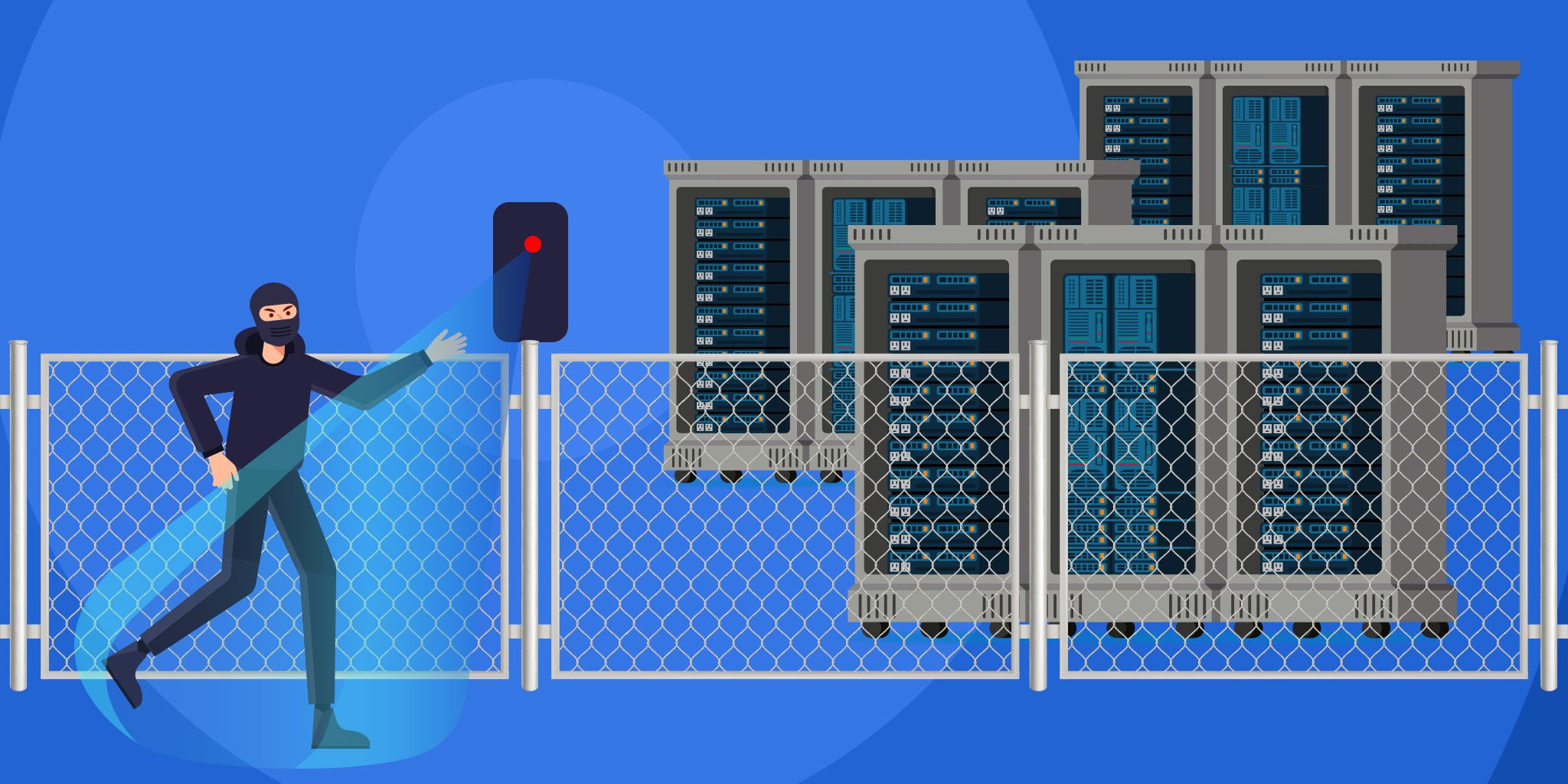5G Security in an IoT Architecture
5G Security in an IoT Architecture
- Last Updated: December 2, 2024
Red Alert Labs
- Last Updated: December 2, 2024



5G is in its early stages (available in select cities in the US and South Korea mostly), but it's already bringing about new standards. By these, we mean a new set of rules for the entirety of the global communication network. That's how massive a change 5G will bring.
Although 5G is revolutionary, it will also bring new risks when it comes to cybersecurity making a secure IoT architecture vital.
Also, IoT is further developing, and many businesses that are working with IoT are starting to plan with 5G in mind.
That’s completely understandable when we take into consideration what massive improvements 5G brings:
- Greater capacity
- Reduced latency
- More efficient operational experience
- Seamless user experience
- Ability to make adjustments and changes to entire networks without disrupting any operations
- Massive increases in speed
All in all, estimates suggest that 5G will enable more than $12 trillion in economic output by 2035.
However, as much as 5G is revolutionary, it will also bring new risks when it comes to cybersecurity.
The Risks of 5G in IoT Architecture
A 2017 study shows that leaders are filled with anxieties when it comes to 5G’s effect on IoT security. They are well aware that attacks can have a massive impact on vital business operations.
The problem here is intrinsic to the basics of IoT architecture. Each new device added to the network is a potential new target for cyber attacks. The sheer number of devices in the system means that the majority of organizations using IoT architecture don’t have a complete overview of all the devices in the network. This is deeply troubling, as even one device can affect the entire system if hackers find its vulnerability.
Also, as many as 90% of these organizations expect a significant increase in the number of devices in their IoT networks, which will only add to the problem
Besides IoT fundamental problems in security, 5G adds more to the problem. Criminals and hackers can hijack data that traverses the network, and this can cause more problems than we see in existing 4G networks.
How to Secure IoT Architecture
Despite the inherent flaws in 5G and IoT architectures, methods for ensuring security do exist. Plus, organizations and companies are beginning to note this and implement adequate security changes.
IoT security needs to be addressed early on in the design phase, not upon implementation. After they are implemented, it becomes harder to keep track of all devices and whether or not they are adequately protected.
It’s vital to know that IoT needs to have several layers of security, including hardware, software, storage, network, applications, and more. Each layer needs to be connected to the other and evaluated accordingly to ensure the overall security of the entire IoT network.
When discussing IoT security, it’s crucial to understand that it’s as good as its weakest link. That means that each endpoint and each device needs to be protected to ensure the security of the entire network.
Finally, by applying an adequate 5G security assurance framework, all of the recommendations above are considered and addressed. It’s vital to seriously address these future threats before they can cause serious problems.
The Most Comprehensive IoT Newsletter for Enterprises
Showcasing the highest-quality content, resources, news, and insights from the world of the Internet of Things. Subscribe to remain informed and up-to-date.
New Podcast Episode

Moving Past the Pilot Phase in IoT and AI
Related Articles





